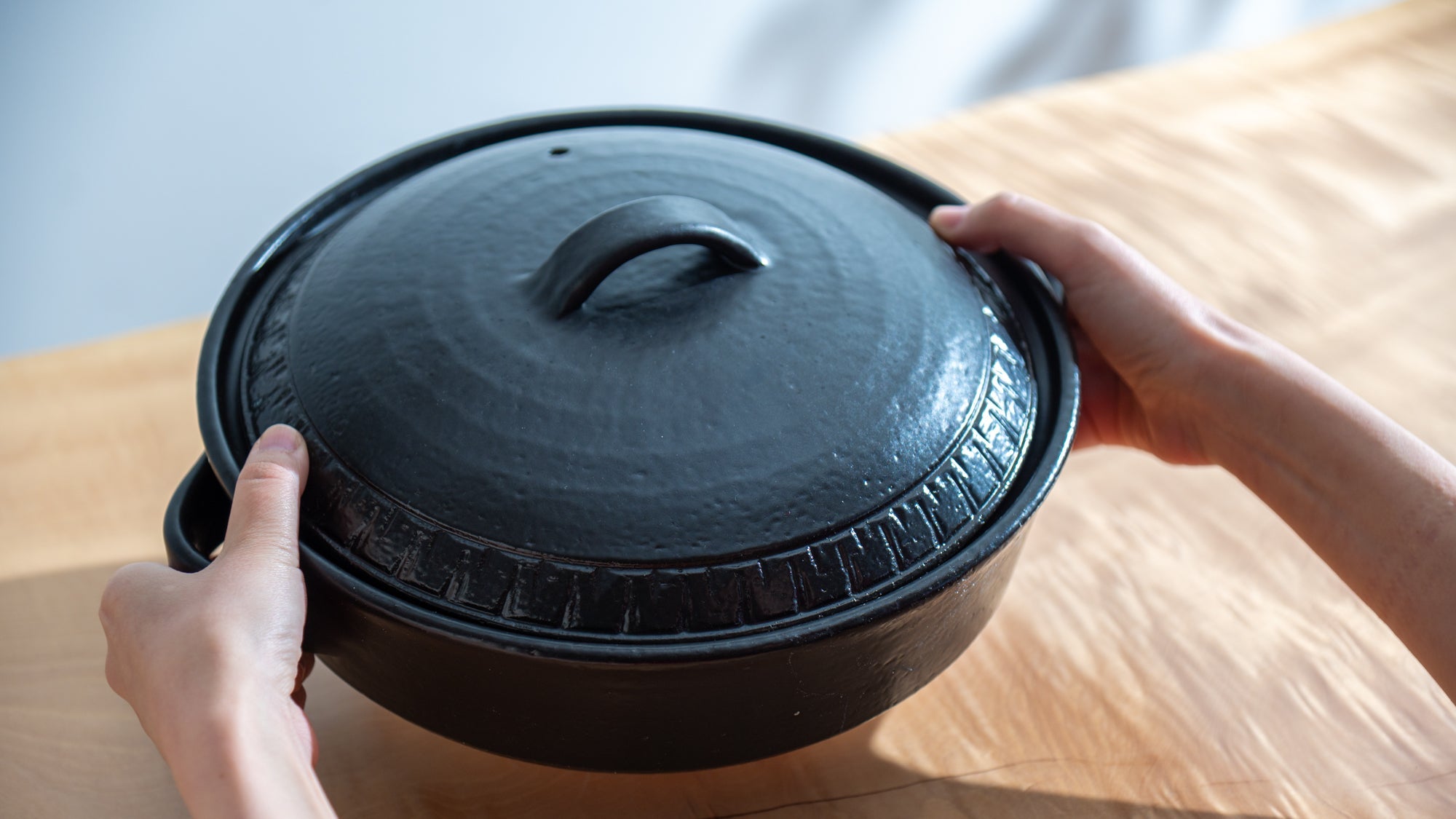
How to Care for Your Donabe Clay Pot
Written by Team MUSUBI
A donabe is a traditional Japanese clay pot that’s both versatile and elegant, making it a cherished addition to many kitchens. Its thick walls and natural materials help distribute heat evenly, allowing you to simmer hearty stews, cook fragrant rice, or gently steam vegetables with remarkable depth of flavor. Caring for this timeless piece is essential to ensure it endures through countless meals and memories.
In this guide, we will walk you through the essential steps to care for your donabe—from seasoning it before its first use to properly cleaning and storing it—ensuring you can enjoy its comforting warmth for many seasons to come.
Table of contents
Steps to Ready Your Donabe
The journey with your donabe begins even before the first meal is cooked. Like many classic Japanese cooking vessels, some donabe require thoughtful preparation to ensure its longevity and optimal performance. While many modern donabe no longer need seasoning for convenience, others still benefit from this traditional step. This initial seasoning process, deeply rooted in Japanese culinary heritage, creates a foundation for years of delicious meals. Think of it as introducing your new donabe to your kitchen—a ritual that marks the beginning of a long-lasting relationship with this remarkable cookware.
Proper seasoning is essential for some donabe before using them for the first time to strengthen the pot and create a natural non-stick surface. This traditional process, known as medome, seals the clay's pores and helps prevent cracking.
1. Initial Inspection
- Carefully examine your donabe for any cracks or chips
- Gently tap the pot—it should produce a clear, bell-like sound
- Remove any labels or stickers with warm water
2. The Seasoning Process
First Stage

- Fill the pot with water to 70–80 percent capacity, then add starchy ingredients such as potato starch or wheat flour, in an amount equal to one-fifth of the water volume. Using rice grains is especially recommended. The abundant starch in the rice grains acts as a binder, effectively connecting and sealing the pores of the donabe.

- Bring to a gentle simmer over low heat for about 30 minutes.
- To prevent the pot from burning, be sure to stir it occasionally.
- Let it cool naturally, preferably overnight.

Second Stage
- The next day, discard the porridge
- Rinse the pot thoroughly
- Let the donabe dry completely

Your donabe is now ready for its first cooking adventure
Properly Cleaning Your Donabe
Maintaining your donabe's cleanliness is crucial for both its longevity and food safety. Cleaning a donabe is more than just maintenance—it's an act of preservation that honors both the pot's craftsmanship and its role in your culinary journey. A donabe requires a gentler, more mindful approach. This special care routine not only maintains the pot's functionality but also helps develop its unique character over time, much like caring for a cherished cast-iron skillet or a well-loved wooden cutting board.
1. After-Use Care
- Allow the donabe to cool completely before cleaning
- Never immerse a hot donabe in cold water—thermal shock can cause cracking
2. Cleaning Process
- Rinse with warm water
- For stubborn residue, soak briefly in warm water
- Use a soft sponge or cloth
- Clean the lid separately, following the same gentle principles
3. Drying Routine

- Dry thoroughly with a clean cloth
- Air dry upside down in a well-ventilated area
- Ensure complete drying before storing

Maintenance Tips
Understanding how to maintain your donabe is crucial not only for its longevity but also for the enhancement of your cooking experience. Regular maintenance keeps your donabe in optimal condition and prevents common issues:
1. Daily Care
- Always heat and cool gradually
- Use wooden or silicone utensils to prevent scratching
- Never place on direct heat without liquid inside
- Keep heat at medium-low to medium—never too high
2. Storage Guidelines
- Store in a dry place with good air circulation
- Place a kitchen paper inside to absorb any residual moisture
- Keep the lid slightly ajar for better ventilation
3. Preventive Measures
- Don't place frozen ingredients directly in the pot
- Keep the donabe away from direct sunlight when storing
- Regularly inspect for hairline cracks or damage
By following these guidelines, your donabe will not only last longer but will continue to enhance the flavors of your dishes, bringing the warmth and tradition of Japanese cooking to your table for years to come.


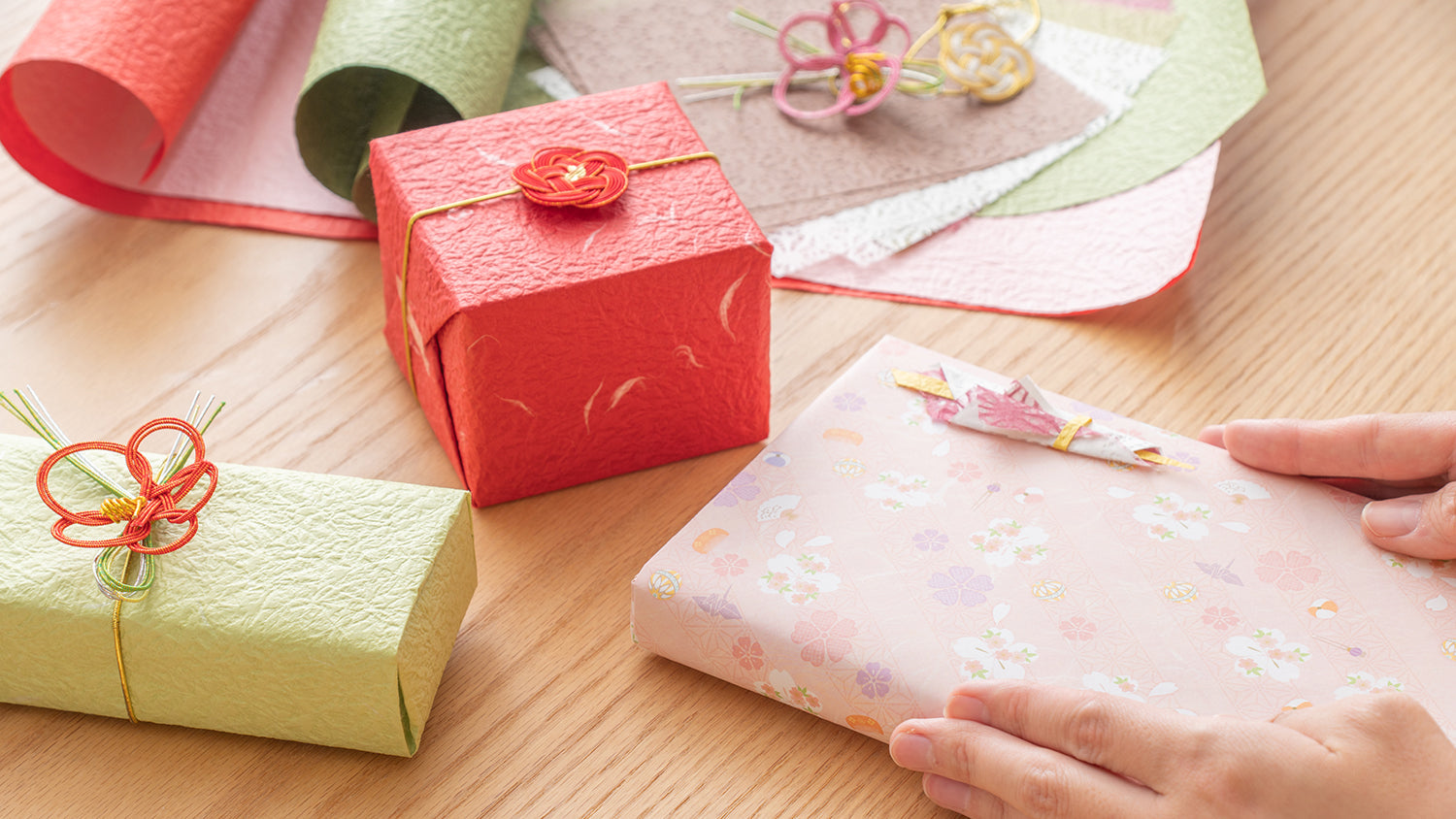

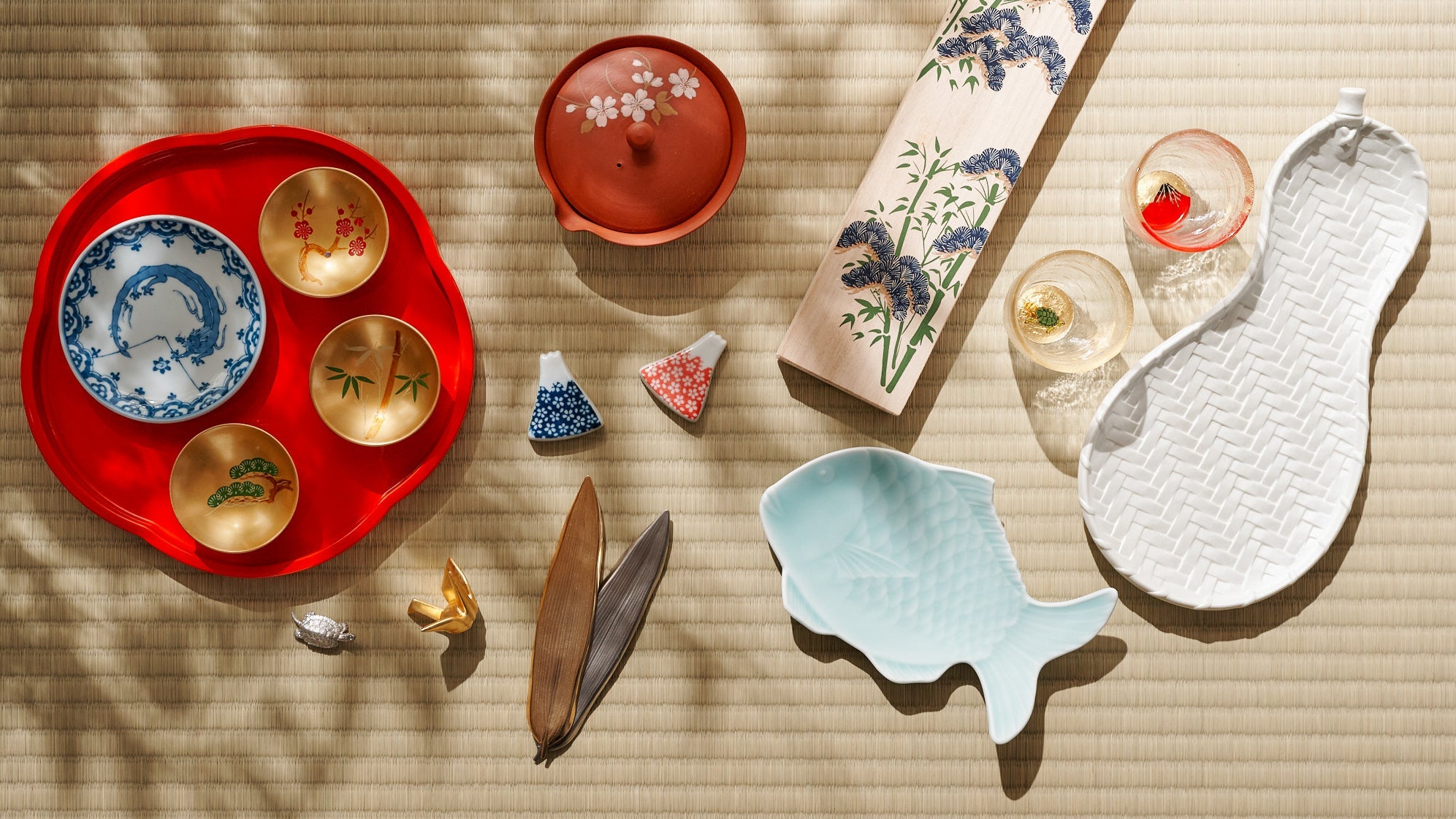
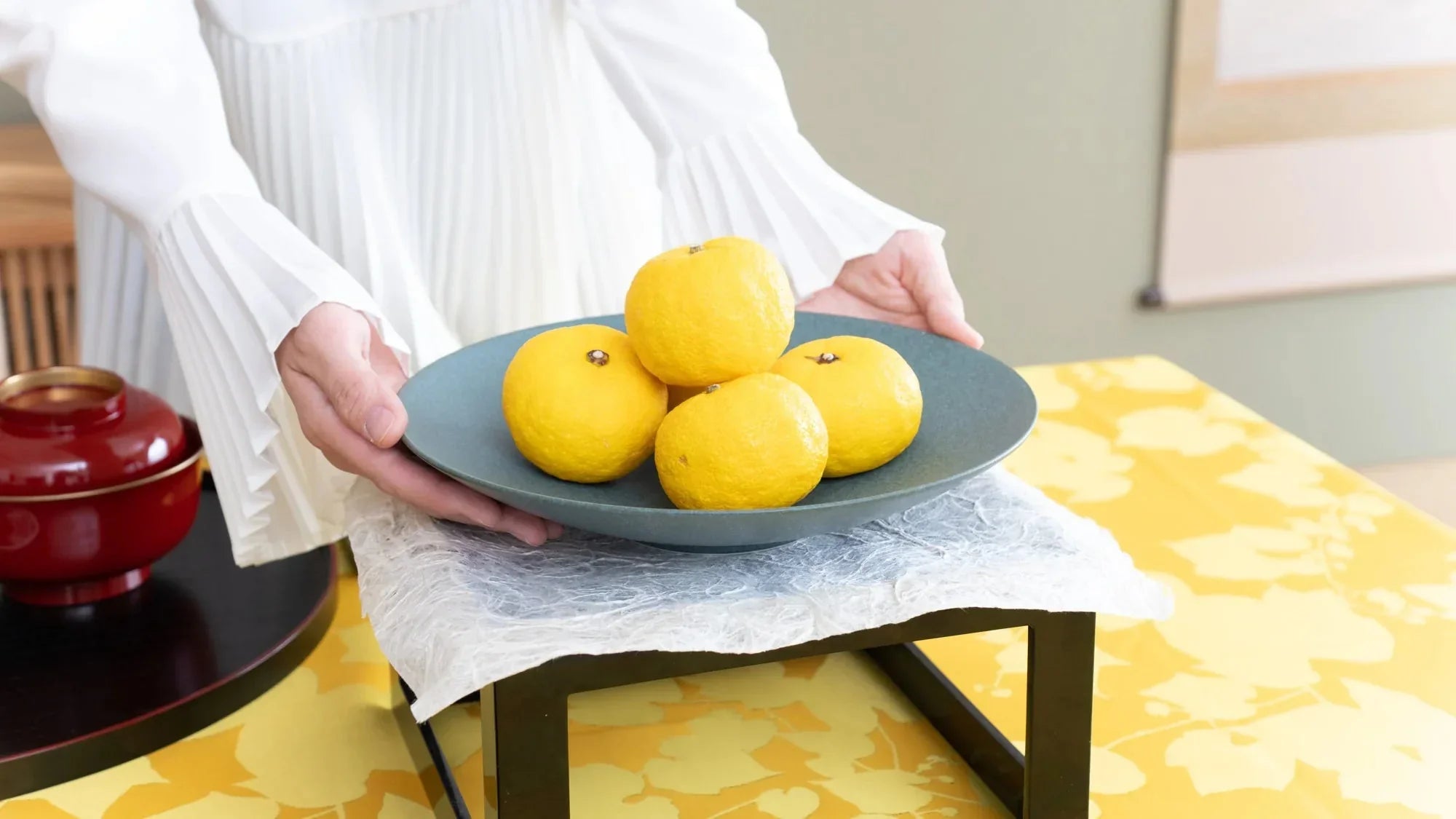
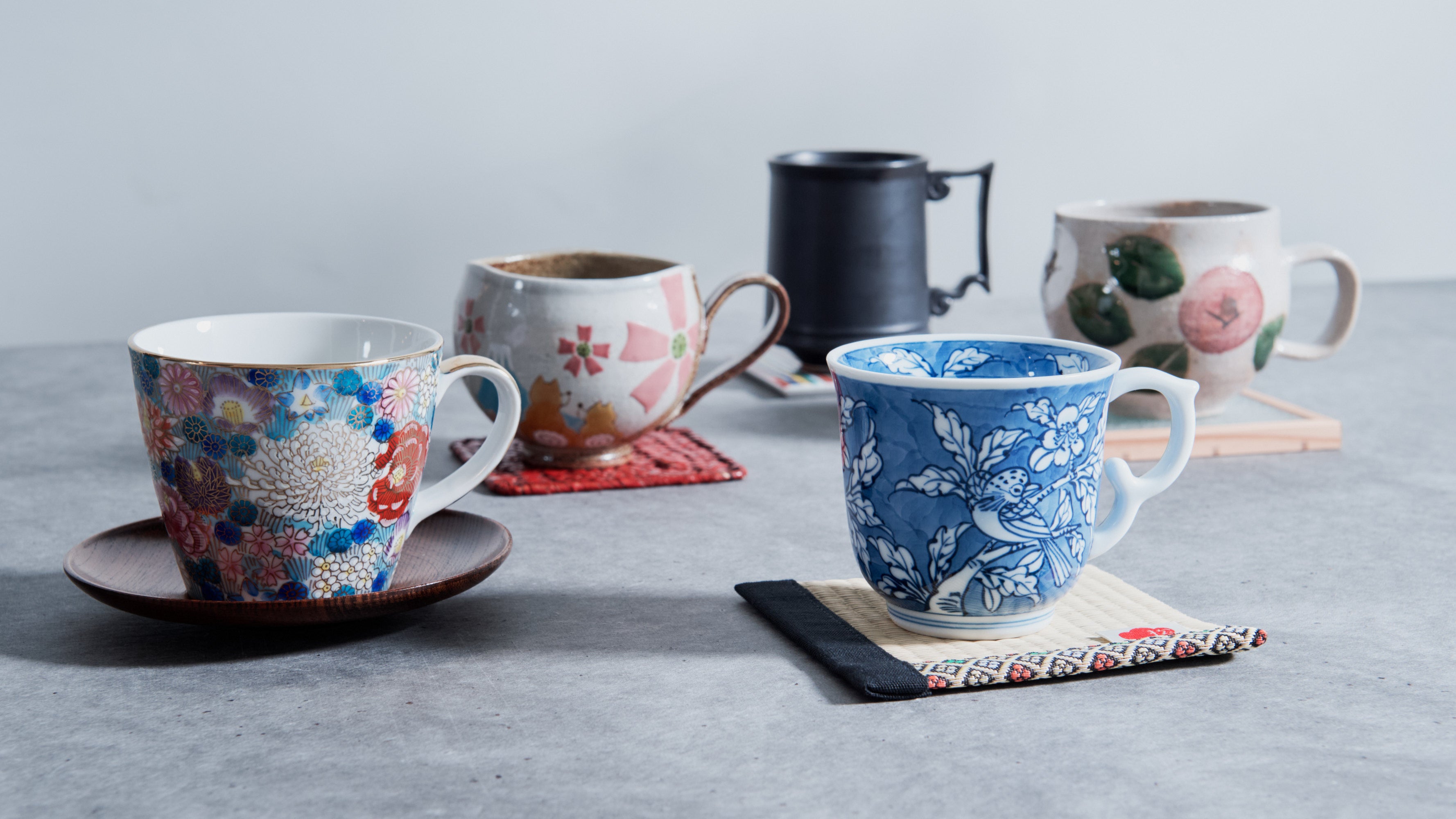
4 comments
Kioko Thank you very much for reading our Journal and sending us your inquiry. We would like to reply to you from our email address of 【infomusubikiln.com】. Please wait for us to contact you shortly!
Team Musubi
Can these be used on a glass or ceramic cooktop?
ありがとうございます
Kioko
@Liliana Thank you for sending us your inquiry regarding your Donabe. We all burned our donabe more than once so please be assured. Our Musubi Lab Concierge Team will be in touch with you for how to care with your situation, shortly!
Team Musubi
Hello,
I accidentally burnt rice in my donabe and I’m having trouble getting rid of the scorch marks inside. How can I clean these without damaging the pot?
Thank you for your time,
Liliana
Leave a comment
This site is protected by hCaptcha and the hCaptcha Privacy Policy and Terms of Service apply.